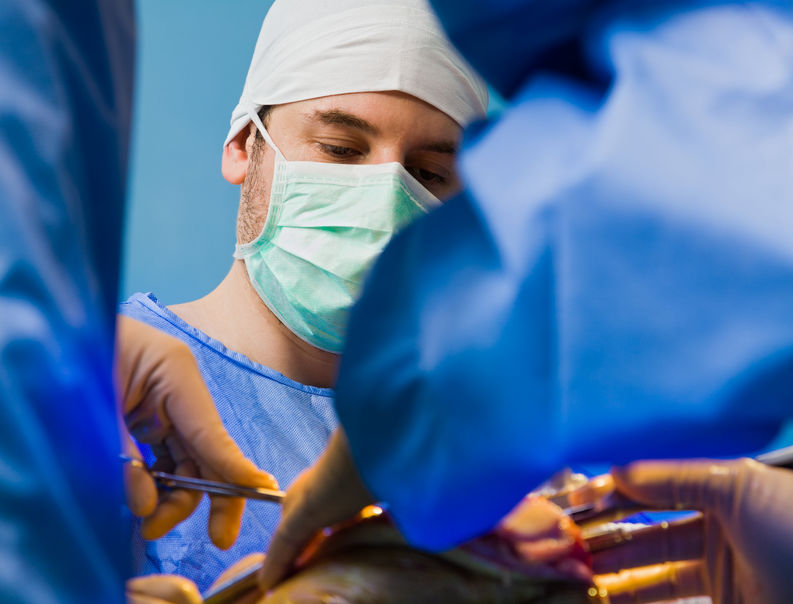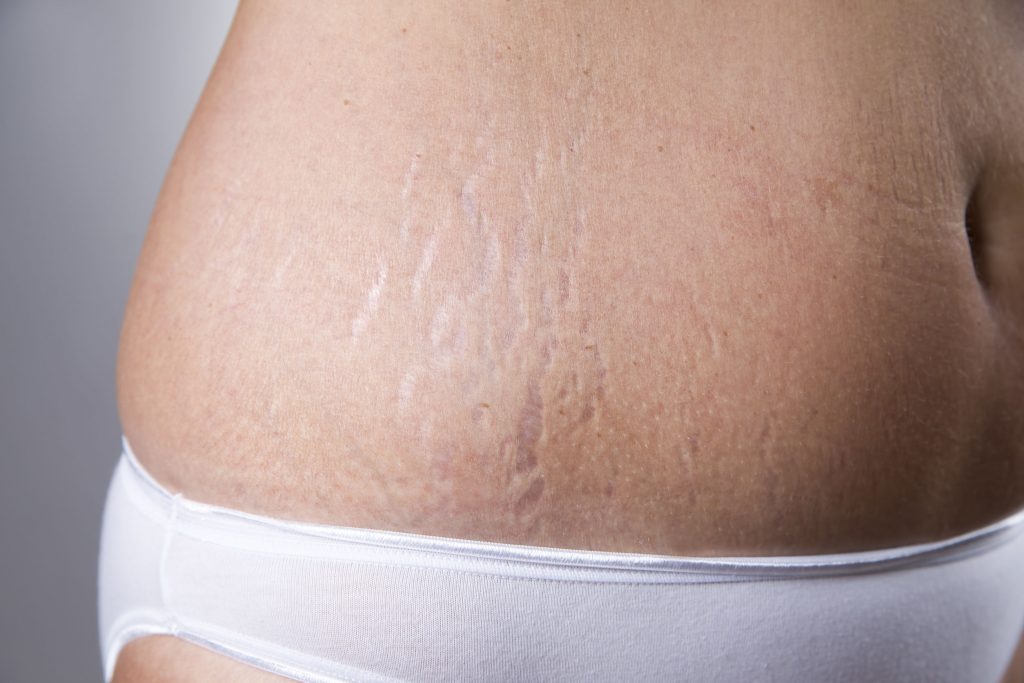Scar Treatment & Prevention at Warner Orthopedics & Wellness

Skin care is vital for immune function, hydration and proper function of the connective tissue system. Obviously too skin function is important for cosmesis. Cosmesis is vital to overall and total wellness. The barrier function of skin is primary in importance: this provides the first line of defense from pathogens.
Scars are formed after surgery or injury. Too much dermal damage, tension or infection will promote scar formation. At Warner Orthopedics & Wellness, we work hard to prevent scar formation after surgeries by using known effective methods. Additionally, we can treat existing scars from acne, injury, prior surgery or infection with evidence-backed methods using knowledge of connective tissue and collagen healing.
Optimal Scar Healing Begins Before Surgery
Because we deal with wounds and we are able to improve wound healing, we have developed a deep knowledge basis to treat and prevent scars. We are often consulted to assist in the healing of wounds. For example, we are experts for the treatment and healing of diabetic wounds. These are some of the most difficult types of scar healing to master. We have been able to use translational science to improve prevention of scars and treatment of scars for all patients now.
What May Cause Scarring
Scars might form due to foreign bodies, incisions under high tension (such as around a moving joint), subcutaneous implants, infection or simply from poor diet and environmental toxins. All of these situations and factors impede the normal and ordered process of wound healing and collagen deposition. Poor connective tissue and skin healing might result in a hypertrophic scar, a dehisced scar, a keloid or worse a chronic wound/ulceration.
Healing of skin and other connective tissues is normally an ordered process:
First, there is an increase in the vascular permeability. This produces swelling but allows for more blood to enter the region. This blood and serum bring needed immune cells and proteins vital for healing.
Next, a clot will form and then granulation tissue. Granulation tissue is beefy and red and looks like a frothy and loose clot. This stage of healing is vital for the formation of the underlying structural tissue. The granulation tissue will next be changed in the proliferative phase of healing.

This phase too requires good function of the immune system, appropriate protein and cofactor amounts and a good hydrated environment without too much stress. Some stress is normal and will actually assist in healing. Mechanical and other physical sensing receptors require input to lay down the collagen and other proteins in the right manner for healing.
Finally, the tissue will formally remodel. Once remodeling is done the tissue then simply works to regain normal strength and tension. For example, skin will return to about 80% of its normal tensile strength after the maturation and remodeling stage.
How Surgical Techniques Impact Scar Formation
There are a number of methods a surgeon can use to help prevent scar formation. These are the very careful handling of skin and tissue, proper placement of incisions, suture technique, suture materials and dressings.
It is important to handle only very carefully the skin edges during a procedure and again during closure. There are certain forceps and retraction devices that should be used. For example, hooks that hold the skin are better than clamps. Only retracting one side of a dissection at a time during a procedure also helps. By minimizing the number of times the skin is touched or squeezed during surgery and closure, scarring can be minimized.
In addition, a good knowledge of the blood flow to the skin and staying between angiosomes is necessary. Angiosomes are detailed maps of actual skin blood flow. Throughout the body there are angiosomes and most times a surgeon can plan an incision to be between these. By doing this, each side of a surgical incision will have the most blood flow possible. Blood flow is mandatory for proper skin and connective tissue healing.
Post-Surgery Techniques to Minimize Scarring
The method of closure is important as well. There are many different ways to place a stitch and to tie a knot. A surgeon can carefully place a deep stitch such that there is no knot inside the wound; this stitch can still bring together the fascia and provide a low tension repair. Tension is the reason that some scars heal in a very wide and thick manner. The dermis can be brought together carefully with an external knot too. Finally, by everting the edges of the epithelial layer a scar can be further minimized. This means that just before the final layer of skin is closed the edges are turned up slightly; the epidermis under the barrier layer of the stratum corneum is in contact with itself. By doing this, a surgeon can further minimize scarring.
Suture materials matter as well. As a matter of principle, we never use staples. Actually, many deep stitch materials are not good for healing or scar formation. Rather, they induce inflammation. Many of the stitches that dissolve do so by inducing inflammation and causing the body to treat them as a foreign body. Obviously, this can increase a scar’s potential. It is necessary to limit the amount of inflammation-causing stitch material deep in the tissue. Likewise, it is important to put as few knots as possible where you do not wish for scar.
Finally, dressings matter as much as anything. Proper amounts of hydration are important. Certain taping techniques can really help to reduce tension on a suture line too. Water evaporates more quickly through scar than through normal skin and this must be managed.
Compression dressing should be applied or offered early to reduce tension and to assist with proper management of hydration of the tissues. Scars form with too much motion and tension, therefore sometimes immobilization is used. However, functional healing of connective tissues requires a certain amount of normal motion and this must be balanced with the need to prevent a scar.
By applying good techniques during the creation and closure of a surgical wound, your surgeon can help to manage the formation and even prevent scars. At Warner Orthopedics, we support you through each stage of healing. We believe that an informed patient is the best patient, and make sure you know what to expect as you heal from any necessary surgical procedures. If you are considering surgery, or need help addressing scar tissue left over from a previous operation or injury, make an appointment today for your consultation.





